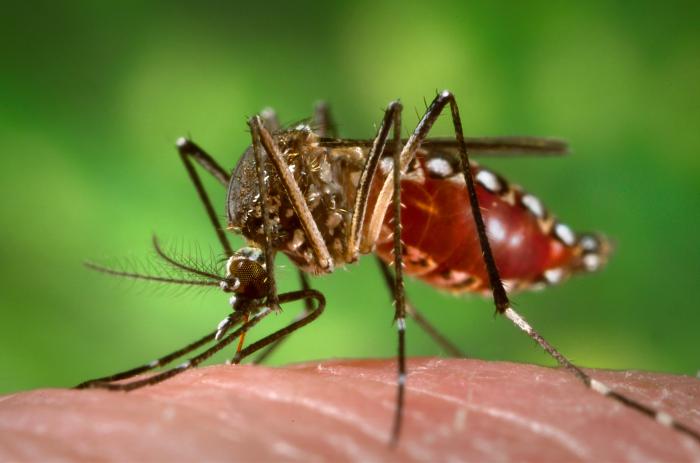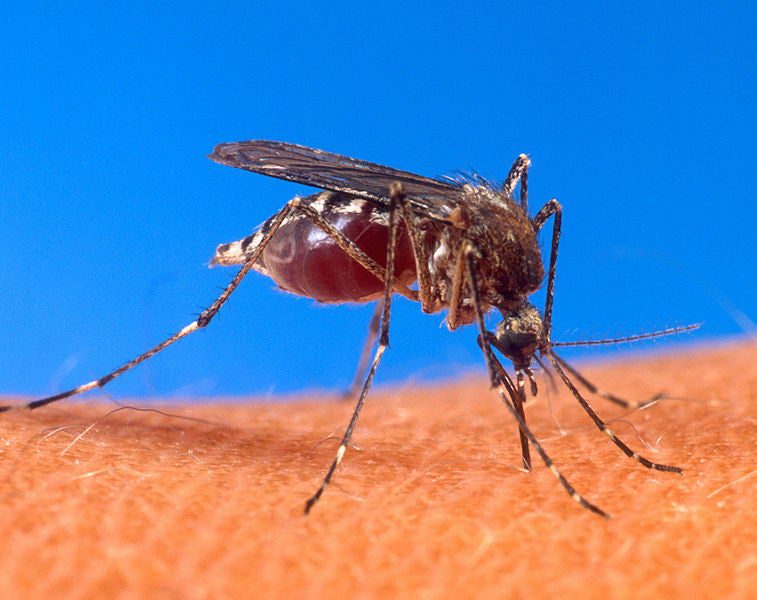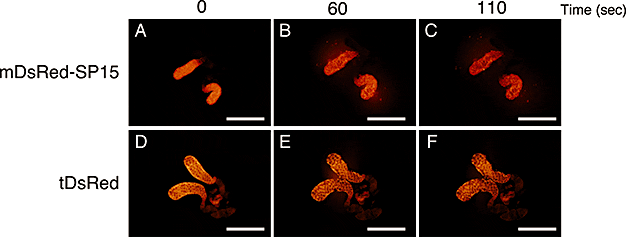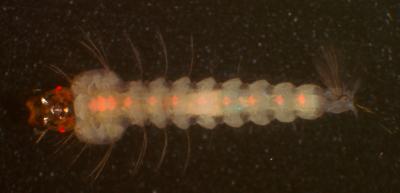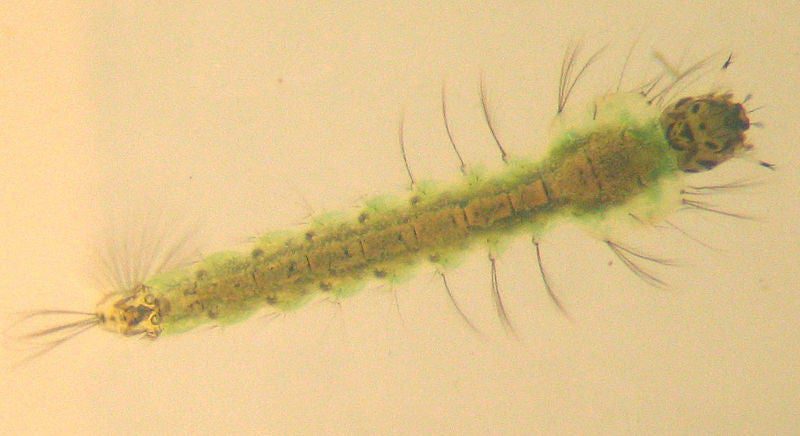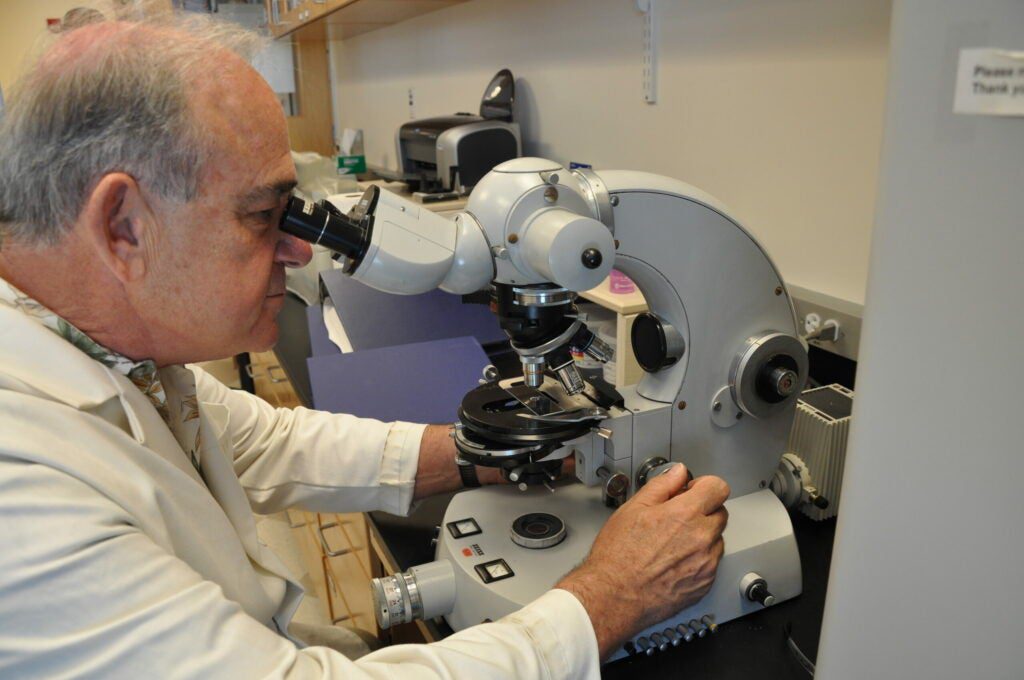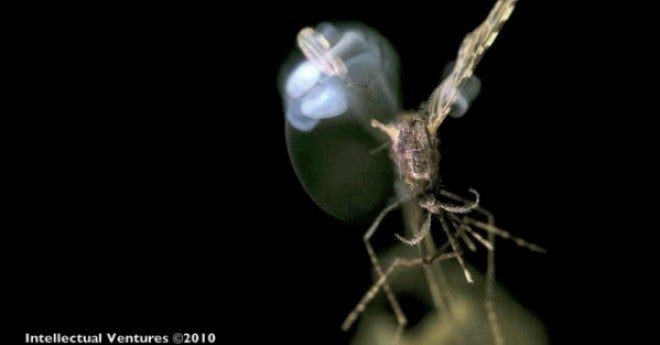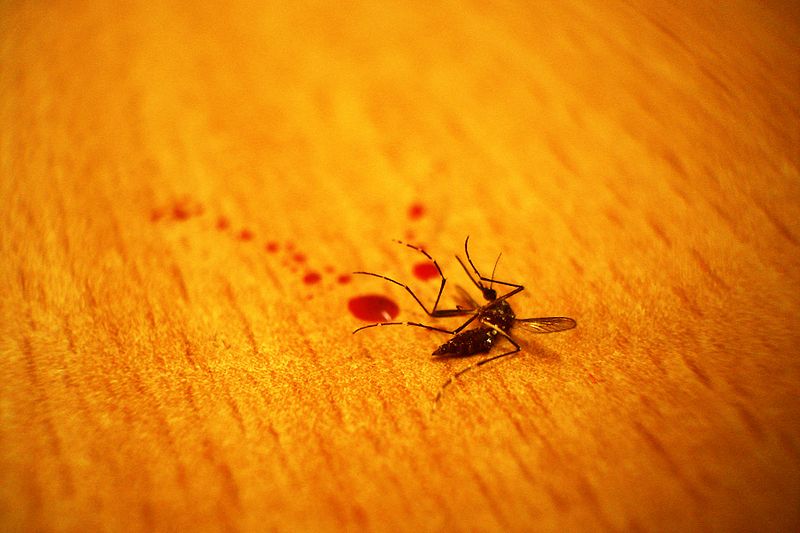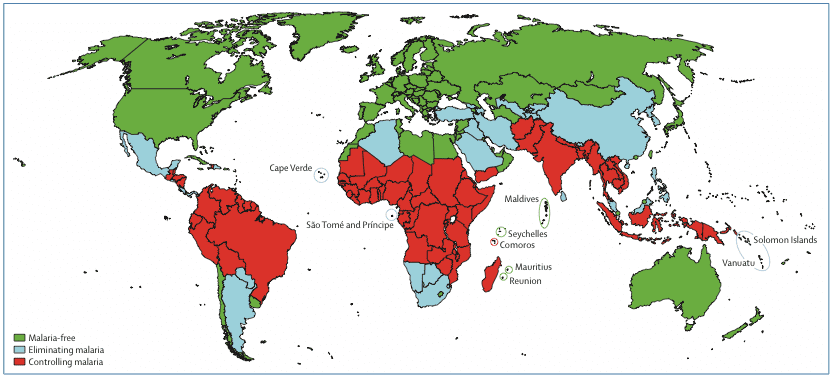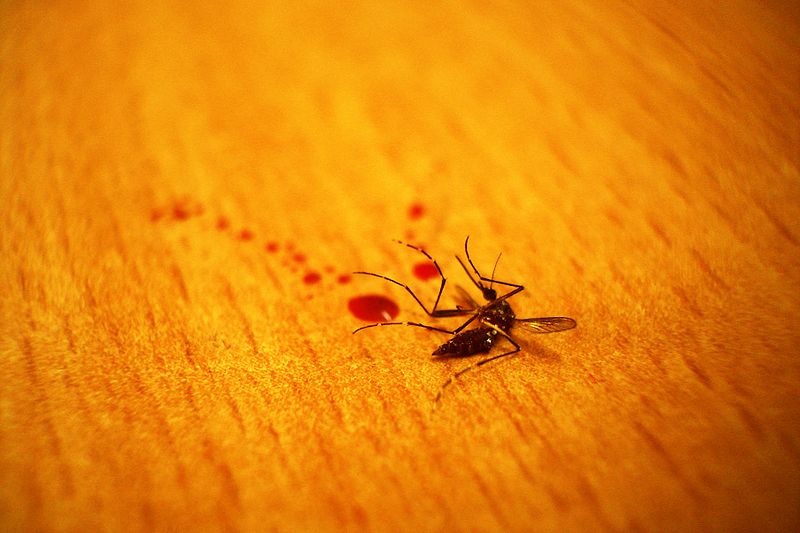With the recent news that researchers at the University of Queensland are planning on releasing dengue-resistant mosquitoes into Australia and Vietnam, the world again turns its attention to the danger these insects pose–not only with dengue fever, but also malaria, yellow fever, and a host of others.
At a TED talk in 2009, when Bill Gates unleashed a swarm of the insects into a packed auditorium, the aim was to increase awareness of mosquitos and malaria, and indeed the last year and a half has seen a number of advances. Mosquitos infect up to 700 million people annually, leading to more than 2 million deaths. Malaria, dengue fever, yellow fever, and Chikungunya are all potentially lethal, cementing the mosquito’s position as the deadliest creature on the planet.
Merely their incessant whine and inevitable bites, let alone the fact that they carry horrible diseases, are enough for most people to call for the eradication of these creatures. But genocide not really being practical, researchers across the globe are working on ways beyond the traditional pesticides, DEET, and mosquito nets to prevent the creatures from spreading viruses and parasites.
Click to launch our tour of mosquito-crippling research
While eradication probably isn’t on the cards, if only due to the potential side-effects, the same questions must be asked of genetic modification of the insects. If they don’t live as long, or half their population can’t fly properly, what will arise to assume their niche in the ecosystem? Will anything do so? Is there any chance of mutation and transmission to other species? While the reduction in human suffering associated with the better control of mosquitoes and the diseases they spread will be immense, we need to have a thorough handle on the downstream effects that these changes could cause.
Infect ‘Em With Deadly Parasites
The aforementioned researchers from the University of Queensland are planning on infecting the mosquitoes with the Wolbachia parasite. Wolbachia originates in fruit flies, and has the ability to substantially shorten the lifespan of the mosquitoes it infects, which is important as mosquitoes only pass on dengue in the latter half of their life. Wolbachia is found in some 28% of mosquitoes, but Aedes aegypti — which transmits dengue — doesn’t have it. In addition to cutting the insect’s lifespan in half, introducing the parasite also disables their ability to pick up so many pathogens due to “priming of the mosquito’s innate immune system and potentially competition for limiting cellular resources required for pathogen replication.” In other words, it competes with the parasite for resources within the mosquito.
Infect the Mosquitoes, Then Let Them Infect Their Offspring
Similar results were published earlier this year from a team working out of Michigan State University. That team used a different strain of Wolbachia, but acheived similar effect. Their strain caused the mosquitoes to live slightly longer than before, but this in turn gave them more time to spread the Wolbachia bacteria. Wolbachia is not able to infect humans, and is carried matrilineally. If an infected male mates with an uninfected female, it produces non-viable offspring, but infected females and both uninfected and infected males can reproduce freely, helping spread the bacterium.
Genetically Engineered Winglessness
Researchers at UC Irvine and Oxford also want to attack Aedes aegypti and the dengue fever that breed spreads, but without infecting the insects with anything. Instead, they’ve been working to directly engineer the mosquitoes. The research involves genetically engineering the creatures so that the females are flightless. Since this is the sex which sucks blood and transmits the viruses, by stopping them from flying, the spread of dengue fever (as well as potentially yellow fever and Chikungunya) is effectively halted. The males wouldn’t be affected by the modification, and would be free to fly and breed, passing the gene on to female offspring. The genetic alteration works by disrupting wing development in the females–without the ability to fly, they soon perish. The researchers believe that introducing the new breed could suppress the native mosquito population in six to nine months.
Pass Malaria Vaccines Through…Mosquito Bites?
Malaria, on the other hand, is carried by the Anopheles genus of mosquito, and is responsible for around one million deaths per year (primarily in children under five years old). Researchers are just as intent on combating this disease and its effects as they are those of dengue fever. One attempt, published in Insect Molecular Biology, focuses on genetically engineering the mosquitoes to deliver a vaccine to malaria. In effect, the mosquitoes would be spreading the cure as they bite. By targeting the salivary glands, they were able to create a mosquito which produced the Leishmania vaccine in its saliva. When bitten, the number of antibodies in the victim substantially increased, and repeated exposure created a booster effect. This may have marked the only time anyone has ever wanted to be attacked by a mosquito.
Make Mosquitoes Immune to Malaria
Researchers as the University of Arizona and UC Davis are taking a slightly more direct approach to the problem: They genetically engineered a mosquito that is immune to malaria. Thanks to the engineering, the insects continually produce a signaling enzyme called Akt. Akt is involved in a huge number of processes within the body, but in this case the scientists were taking advantages of two particular functions: controlling growth rate and immune function. The elevated Akt produces a greater immune response when the mosquito is infected by the malarial parasite, preventing the insect from getting the disease in the first place. There’s also the additional benefit of stunting the mosquito’s growth and reducing its lifespan, just like in the Wolbachia research, as the insects only transmit the disease in the latter half of their two-week lifecycle. In a statement which would be considered tempting fate in any B-movie, these modified mosquitoes are currently “in a highly secured lab environment with no chance of escape.”
Wound Them in the Larval Stage
Other work is being done to kill the mosquitoes as they breed, never giving them the chance to bite people at all. Kansas State University researchers developed a method that uses nanoparticles to deliver double-stranded ribonucleic acid (dsRNA) to trigger gene silencing in mosquitoes. Their work focuses on silencing the gene for producing chitin, preventing their exoskeleton from forming properly while still in the larval stage. That means the insect either dies without the armor or is far more susceptible to pesticides which are absorbed through their exoskeleton.
Kill Them Early With Bacteria
At UC Riverside, a research group received a $1.86 million grant from the National Institute of Allergy and Infectious Diseases to develop a bacteria for targeting and killing larval mosquitoes. The grant was to allow the group to target not only one or two species, but all sorts of varied types of mosquitoes. The team has worked on taking two existing anti-mosquito bacteria, Bacillus sphaericus (Bs) and Bacillus thuringiensis (Bt), and engineering the two together into a far more efficient strain. “This recombinant Bt/Bs strain is about ten times more effective than either one of the strains we used to combine the properties, and it is environmentally safe,” said principal investigator Professor Brian Federici. “Further, our recombinant is far more effective than bacterial strains used in commercially available products today.”
Zap Them With Lasers
In a more overtly futuristic vein comes the recent work on a mosquito targeting laser. Presented at TED this year, the most recent version is a “photonic fence”: a device placed on top of a fencepost that is capable of identifying insect species, sex, and then targeting and destroying it with a laser. It detects an insect via image taken with a CCD, fires a non-lethal laser at it to measure its wing-beat pattern, which can be used to tell species and if it’s male or female. If it’s a female mosquito, a blue laser fires off, killing the bug instantly. This device is claimed to be able to take out 50-100 mosquitoes a second, assuming it has a constant power supply — often a problem in the areas worst hit by malaria.
The Extreme Option: Genocide
Discussion of the complete genocide of an entire species is, predictably, not entirely devoid of controversy–but that doesn’t mean there isn’t a discussion. Earlier this year an article was published in Nature which posited that the complete eradication of the mosquito could be achieved without severe damage to the ecosystem. Unsurprisingly, it caused a major stir, with commenters enraged at what they took to be a somewhat cavalier attitude to the complete death of a species. As much as mosquitoes are one of the more annoying and certainly one of the deadliest animals (as regards humanity, of course), they are not without their uses. They provide food sources for a variety of birds, spiders, frogs, and other creatures (including our noble and threatened friend, the bat), which in turn are food for bigger and oftentimes more cuddly animals. They serve as pollinators for a number of plant species, and without their services, the decrease in plant life would then have further ripples in the biosphere.
Malaria Eradication Worldwide
The Lancet recently ran a four-paper series about the possibilities of eliminating malaria, which is available free online to read. This multi-part analysis tackled how the physical act of malaria elimination would happen, and it’s hardly a rosy picture. Elimination would be a slow and drawn out process, have a high cost, and compared to using current technologies to control the disease, it would offer only minor financial benefit to the nations attempting to eradicate the disease. Since elimination efforts are largely done by each nation individually, the movement of people and insects alike could throw even the best-laid plans into disarray. Some nations are also in a far better position to eradicate the disease than others–many Latin American nations would have a pretty solid chance, but sub-Saharan Africa would have significant difficulties. Even then, many nations would require substantial financial assistance to reduce infection rates to an unsustainable point and then keep them at that rate for the 10-15 years required to defeat it. The main takeaway: A vaccine is probably a surer move than complete annihilation of the species.
